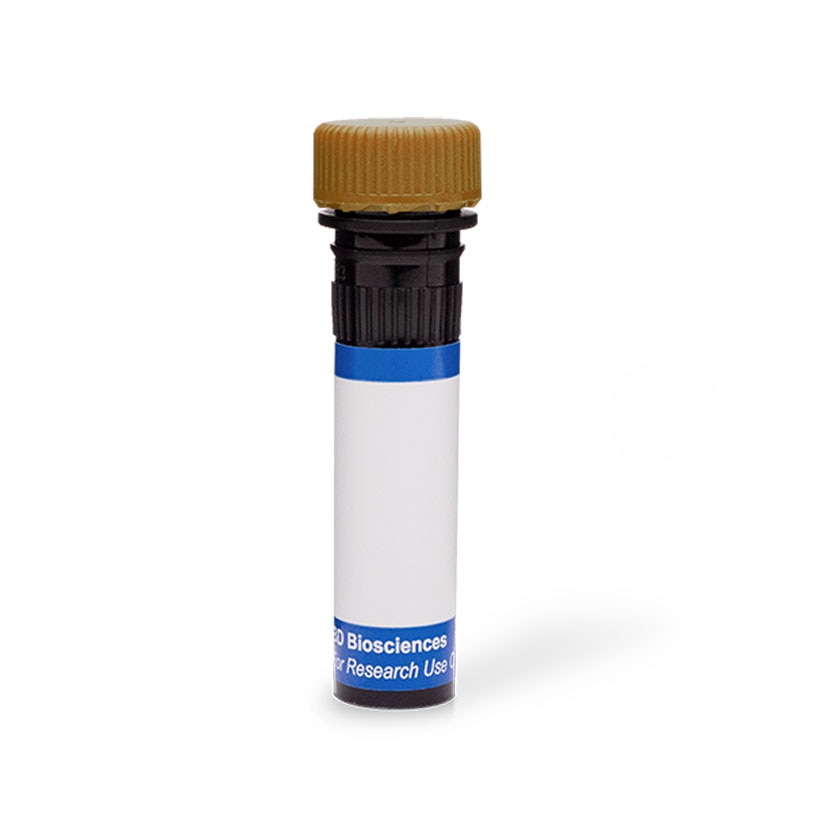Old Browser
This page has been recently translated and is available in French now.
Looks like you're visiting us from {countryName}.
Would you like to stay on the current country site or be switched to your country?


Regulatory Status Legend
Any use of products other than the permitted use without the express written authorization of Becton, Dickinson and Company is strictly prohibited.
Preparation And Storage
Recommended Assay Procedures
BD® CompBeads can be used as surrogates to assess fluorescence spillover (compensation). When fluorochrome conjugated antibodies are bound to BD® CompBeads, they have spectral properties very similar to cells. However, for some fluorochromes there can be small differences in spectral emissions compared to cells, resulting in spillover values that differ when compared to biological controls. It is strongly recommended that when using a reagent for the first time, users compare the spillover on cells and BD® CompBeads to ensure that BD® CompBeads are appropriate for your specific cellular application.
Product Notices
- Please refer to www.bdbiosciences.com/us/s/resources for technical protocols.
- Please refer to http://regdocs.bd.com to access safety data sheets (SDS).
- For U.S. patents that may apply, see bd.com/patents.
- Caution: Sodium azide yields highly toxic hydrazoic acid under acidic conditions. Dilute azide compounds in running water before discarding to avoid accumulation of potentially explosive deposits in plumbing.
- Since applications vary, each investigator should titrate the reagent to obtain optimal results.
- The production process underwent stringent testing and validation to assure that it generates a high-quality conjugate with consistent performance and specific binding activity. However, verification testing has not been performed on all conjugate lots.
- Human donor specific background has been observed in relation to the presence of anti-polyethylene glycol (PEG) antibodies, developed as a result of certain vaccines containing PEG, including some COVID-19 vaccines. We recommend use of BD Horizon Brilliant™ Stain Buffer in your experiments to help mitigate potential background. For more information visit https://www.bdbiosciences.com/en-us/support/product-notices.
- When using high concentrations of antibody, background binding of this dye to erythroid fragments produced by ammonium chloride-based lysis, such as with BD Pharm Lyse™ Lysing Buffer (Cat. No. 555899), has been observed when the antibody conjugate was present during the lysis procedure. This may cause nonspecific staining of target cells, such as leukocytes, which have bound the resulting erythroid fragments. This background can be mitigated by any of the following: titrating the antibody conjugate to a lower concentration, fixing samples with formaldehyde, or removing erythrocytes before staining (eg, gradient centrifugation or pre-lysis with wash). This background has not been observed when cells were lysed with BD FACS™ Lysing Solution (Cat. No. 349202) after staining.
- For fluorochrome spectra and suitable instrument settings, please refer to our Multicolor Flow Cytometry web page at www.bdbiosciences.com/colors.
- An isotype control should be used at the same concentration as the antibody of interest.
- Cy is a trademark of Global Life Sciences Solutions Germany GmbH or an affiliate doing business as Cytiva.
- Please observe the following precautions: We recommend that special precautions be taken (such as wrapping vials, tubes, or racks in aluminum foil) to protect exposure of conjugated reagents, including cells stained with those reagents, to any room illumination. Absorption of visible light can significantly affect the emission spectra and quantum yield of tandem fluorochrome conjugates.
Companion Products




The AH9R7 monoclonal antibody specifically binds to the Interleukin-9 Receptor (IL-9R, IL-9Rα) also known as CD129. CD129 is a Type I transmembrane glycoprotein and a Type I Cytokine Receptor (Hemopoietin) Superfamily member. The high-affinity, signaling IL-9 Receptor complex is comprised of CD129 (IL-9 Receptor alpha chain subunit) and CD132 (common γ chain/γc). CD129 is expressed by hematopoietic progenitors, thymocytes, T cells, B cells, macrophages, eosinophils, mast cells, epithelia cells, muscle cells and neurons. IL-9 signals through the IL-9R complex (ie, through JAK, STAT and related signal pathways) to regulate the growth, proliferation, differentiation and survival of myeloid and erythroid progenitor cells, thymocytes, T cells, B cells and some tumor cells.

Development References (6)
-
De Smedt M, Verhasselt B, Kerre T, et al. Signals from the IL-9 receptor are critical for the early stages of human intrathymic T cell development. J Immunol. 2000; 164(4):1761-1767. (Clone-specific: Inhibition). View Reference
-
Demoulin JB, Uyttenhove C, Van Roost E, et al. A single tyrosine of the interleukin-9 (IL-9) receptor is required for STAT activation, antiapoptotic activity, and growth regulation by IL-9. Mol Cell Biol. 1996; 16(9):4710-4716. (Clone-specific: Flow cytometry, Immunoprecipitation). View Reference
-
Grasso L, Huang M, Sullivan CD, et al. Molecular analysis of human interleukin-9 receptor transcripts in peripheral blood mononuclear cells. Identification of a splice variant encoding for a nonfunctional cell surface receptor. J Biol Chem. 1998; 273(37):24016-24024. (Clone-specific: Flow cytometry, IC/FCM Block, Immunohistochemistry, Immunoprecipitation). View Reference
-
Pilette C, Ouadrhiri Y, Van Snick J, et al. IL-9 inhibits oxidative burst and TNF-alpha release in lipopolysaccharide-stimulated human monocytes through TGF-beta. J Immunol. 2002; 168(8):4103-4111. (Clone-specific: Flow cytometry, Inhibition). View Reference
-
Pilette C, Ouadrhiri Y, Van Snick J, et al. Oxidative burst in lipopolysaccharide-activated human alveolar macrophages is inhibited by interleukin-9. Eur Respir J. 2002; 20:1198-1205. (Clone-specific: Functional assay, Inhibition). View Reference
-
Wilhelm C, Turner JE, Van Snick J, Stockinger B. The many lives of IL-9: a question of survival?. Nat Immunol. 2012; 13(7):637-641. (Biology). View Reference
Please refer to Support Documents for Quality Certificates
Global - Refer to manufacturer's instructions for use and related User Manuals and Technical data sheets before using this products as described
Comparisons, where applicable, are made against older BD Technology, manual methods or are general performance claims. Comparisons are not made against non-BD technologies, unless otherwise noted.
For Research Use Only. Not for use in diagnostic or therapeutic procedures.